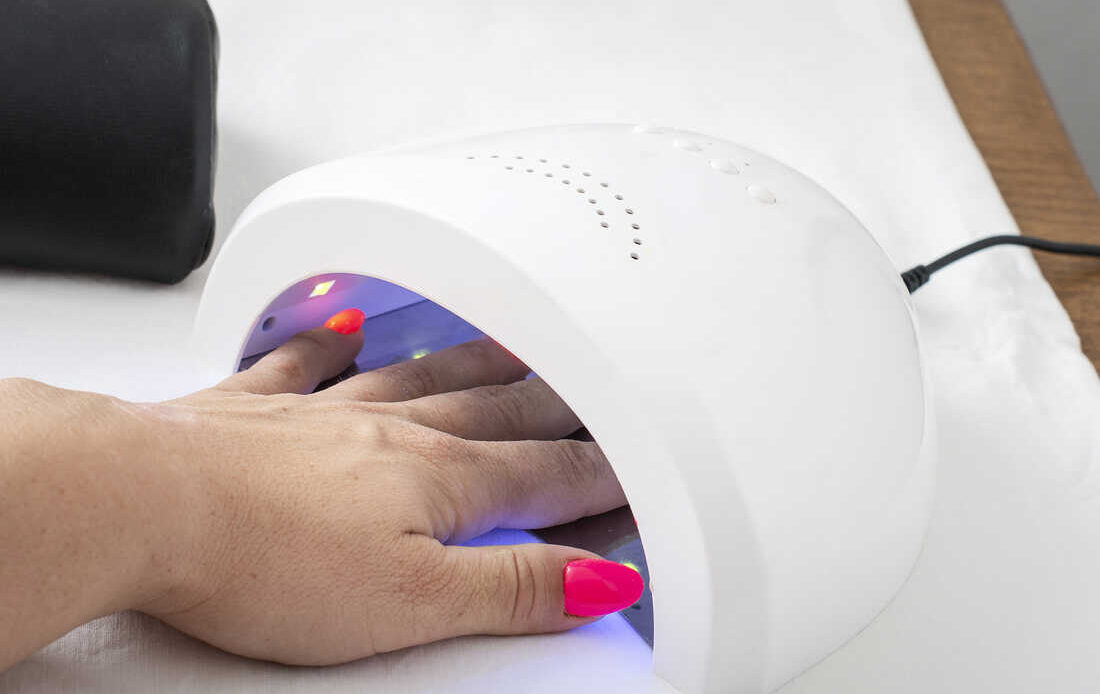
Radiation from nail dryers may damage DNA and cause cancer-causing mutations in human cells, a new study has found — and that might have you wondering whether your regular gel mani-pedi is worth the risk.
Some dermatologists say the findings, in a study published January 17 in the journal Nature Communications, aren’t new when it comes to concerns about ultraviolet, or UV, light from any source. In fact, the results reaffirm the reason why some dermatologists have changed the way they get their gel manicures or have stopped getting them altogether.
“The findings contribute to data already published regarding the harmful effects of (ultraviolet) radiation and show direct cell death and damage to tissue that can lead to skin cancer,” said Dr. Julia Curtis, an assistant professor of dermatology at the University of Utah, who wasn’t involved in the study.
“Tanning beds are listed as carcinogenic and UV nail lamps are mini tanning beds for your nails in order to cure the gel nail,” Curtis said.
A form of electromagnetic radiation, ultraviolet light has a wavelength ranging from 10 to 400 nanometers, according to the UCAR Center for Science Education.
Ultraviolet A light (315 to 400 nanometers), found in sunlight, penetrates the skin more deeply and is commonly used in UV nail dryers, which have become popular over the past decade. Tanning beds use 280 to 400 nanometers, while the spectrum used in nail dryers is 340 to 395 nanometers, according to a news release for the study.
“If you look at the way these devices are presented, they are marketed as safe, with nothing to be concerned about,” said corresponding author Ludmil Alexandrov in the news release. “But to the best of our knowledge, no one has actually studied these devices and how they affect human cells at the molecular and cellular levels until now.” Alexandrov holds dual titles as associate professor of bioengineering and cellular and molecular medicine at the University of California San Diego.
Researchers exposed cells from humans and mice to UV light, finding that a 20-minute session led to 20% to 30% of cells dying. Three consecutive 20-minute exposures made 65% to 70% of the exposed cells die. The remaining cells experienced mitochondrial and DNA damage, resulting in mutations with patterns that have been observed in skin cancer in humans.

